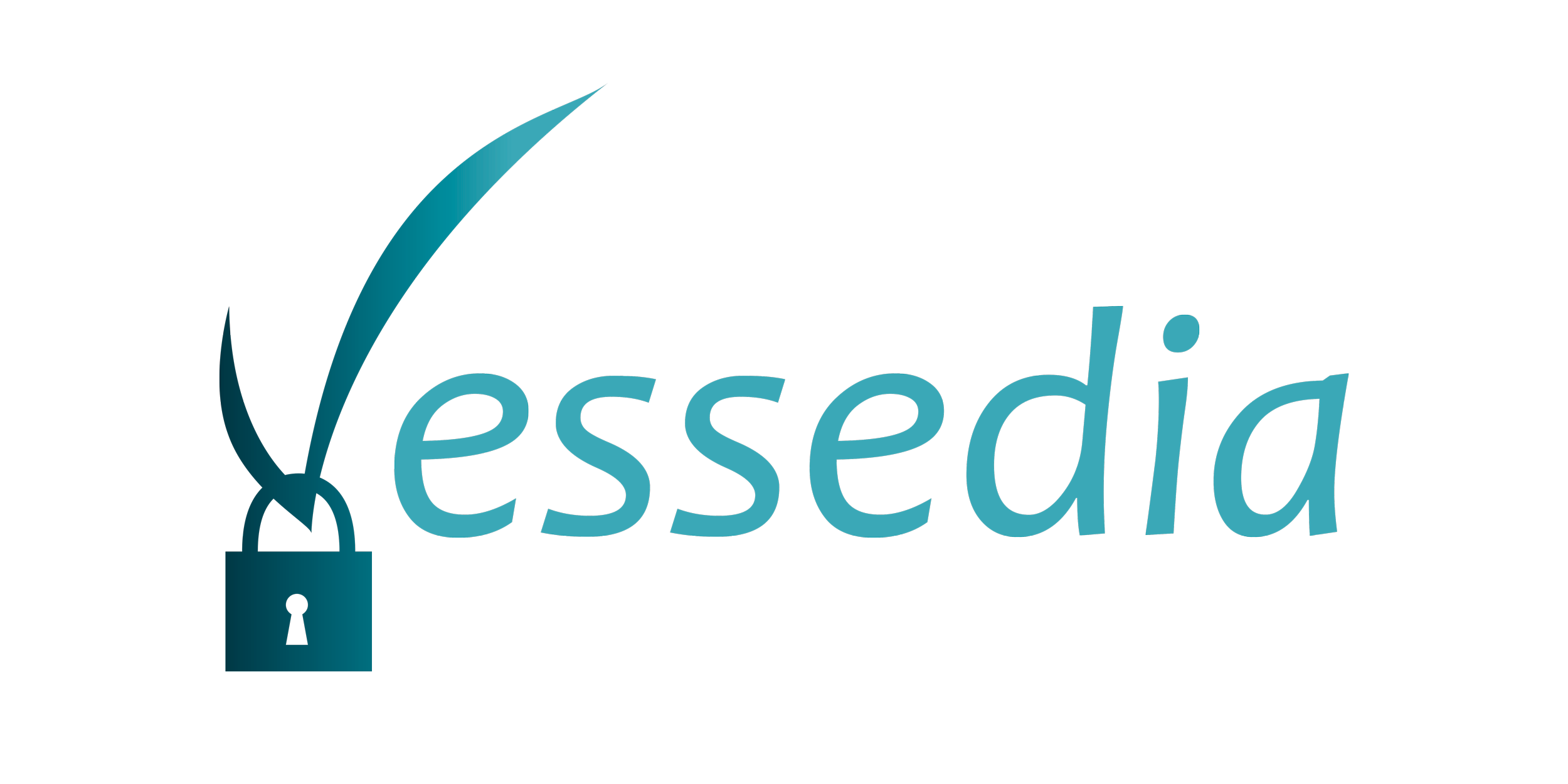|
Project Information
|
The VESSEDIA project has received funding from the European Union's Horizon 2020 research and innovation programme under grant agreement No. 731453. |
Mission and Motivation
Mission of VESSEDIA
VESSEDIA proposes to enhance and scale up modern formal methods based software analysis tools to enable using them on a wider range of applications than embedded safety-critical applications (in the Nuclear, Transportation, Energy supply, Process control and Space areas). Developers will benefit rapidly from the outcome of the project when developing connected applications. At the forefront of connected applications is the Internet of Things (IoT), whose growth is exponential and whose security and safety risks are real (for instance in hacked smart phones or smart home devices). VESSEDIA will take this domain as a target for demonstrating the benefits of using our tools on connected applications.
In order to meet this challenge, Vessedia will proceed towards the following objectives:
- Objective 1: Drastically improving security verification tools
- Objective 2: Quantification of the verification process
- Objective 3: Building collaborative and smart user interfaces
- Objective 4: Formal Methods for non-highly-critical domains
- Objective 5: Management of verification data
- Objective 6: Higher-level models for verification
- Objective 7: Building strong links with existing certification practices
Motivation
In the fast evolving world we live in, the Internet has brought many benefits to individuals, organisations and industries. With the capabilities offered now (such as IPv6) to connect billions of devices and therefore humans together, the Internet brings new threats to software developers and VESSEDIA will allow connected applications to be safe and secure. With software powering more than 80% of the functionalities inside modern-day ICT systems, the trustworthiness and security of these codes can be a major differentiator. From industrial process control and aircraft navigation system, to electricity supply grids and supervision networks, this observation has extended in the past few months to networked everyday objects such as health tracking devices or home automation appliances.

